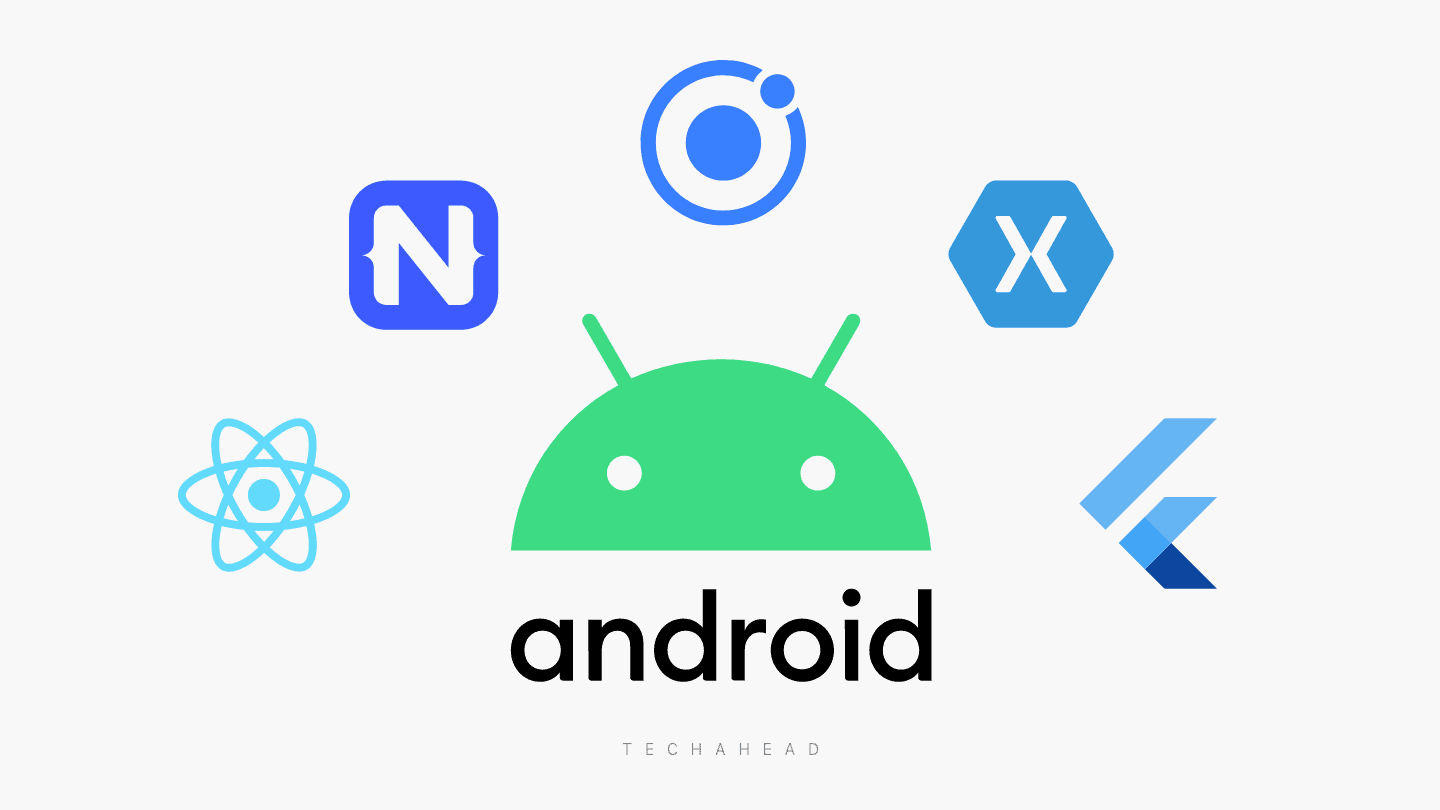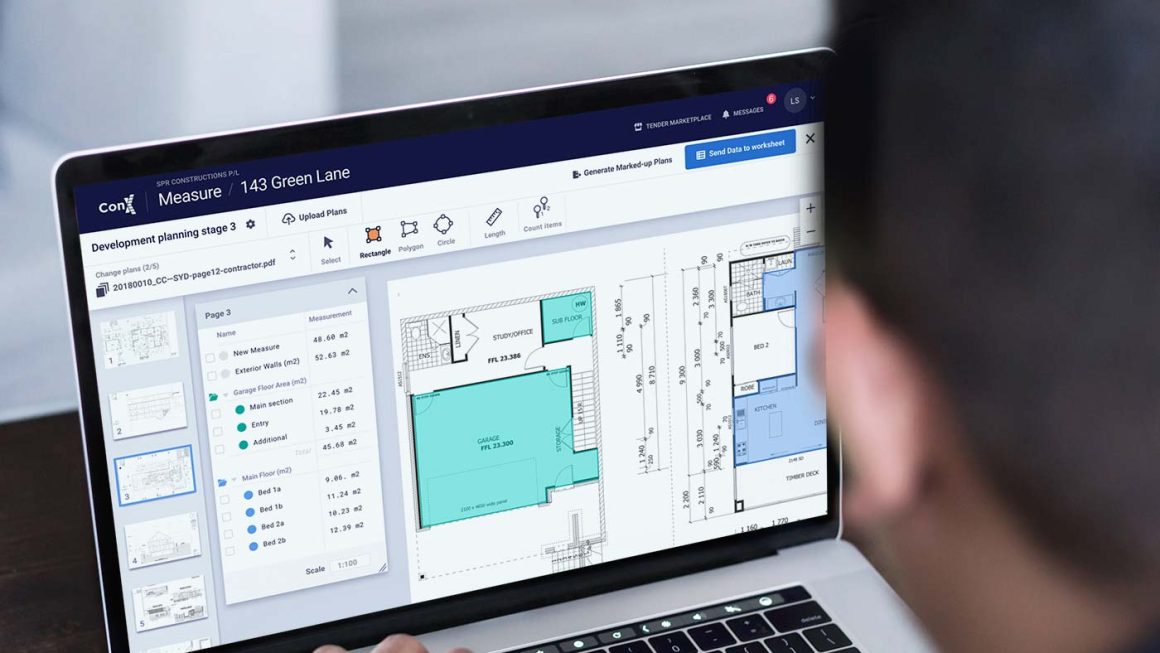CORE OF AN ANDROID APPLICATION
The use of mobile applications has seen incredible growth during the past ten years. A mobile application has become a frequent fascination for the tech- and business-oriented minds. The need for every business to have an app and the rivalry for mobile app developers have both increased as a result of the availability of millions of mobile applications. The Google Play store has 2.8 million apps, while the IOS App Store has 1.8 million apps, according to Statista. This is presumably due to the vast market that will soon exist for developing mobile apps. Businesses have also come to understand how critical mobile applications are to their survival. A mobile app development firm works on the following components to make a mobile app successful:
- Solitary Focus: Offering only one service reduces user confusion. It also boosts customer happiness and quality to their highest possible levels.
- Personalized User Experience: A strong UI/UX is essential to creating mobile apps. An app that is more suited to the user’s tastes seems to be ideal. Consumers like apps where they can interact according to individual preferences.
- Fast Speed: If your app hangs or gets stuck while being used, there’s a good chance that consumers will become irritated and stop using the program.
- Offline functionality: Internet accessibility is debatable in some parts of the world. Making an app useful even when there is no network coverage is a benefit.
- Offer a Feedback Option: A simple approach for users to leave feedback helps create the correct sort of mobile app. Additionally, this enhances the user experience. Make sure your app has a feedback and review feature so that users can tell you what they think of it and help your business grow.
- Marketing: The final component of a mobile app’s success formula is marketing. More people are aware of the answer your software offers thanks to marketing. Make sure you sell your software effectively. The message must be spread to clients, users, and consumers.
Now that we discussed a generalized way of how mobile apps become successful, let’s focus on what android app development company deals with in the core of app development:
ANDROID APPLICATIONS AND THEIR COMPONENTS
- ACTIVITIES
Activities are referred to as our apps’ display layer. Several extensions of the Activity class serve as the foundation for our application’s user interface. Activities establish the layout, show the output, and react to user inputs by utilizing Fragments and Views. A subclass of the class Activity is used to implement an activity. For instance, the camera application may be launched from within the email program to create an email that shares a photograph.
- SERVICE
Services act as our app’s unseen employees. These elements operate in the background. They update your activities and data sources, launching notifications, and broadcasting intents. They also carry out a few duties while no apps are running. You might use service as a subclass of the class Service. Listening to music while surfing the web or using other applications is an example of this service.
- CONTENT PROVIDER
It generally engages with the SQL database. We use it to organize and persist application data. They are also in charge of distributing the data outside the restrictions of the program. Both the Content Providers offered applications that can be configured to accept access from other apps. You may, for instance, think about searching the contact list for contact information. You could also desire images from the gallery, which the content provider also offers.
- BROADCAST RECEIVERS
They are referred to as intent listeners. They allow your application to hear Intents that meet the predetermined matching criteria. Broadcast Receivers are ideal for building event-driven apps. They enable our application to respond to any received Intent. For instance, alert the user when the battery is running low. Android programmers have the option of using broadcast messages inside or outside the application’s usual flow.
- INTENTS
It is a potent framework for transferring messages between applications. They are widely utilized across Android. We use intents to launch and halt Activities and Services. We can also broadcast messages to certain Activities, Services, or Broadcast Receivers. We can ask for a specific piece of data to be the subject of an action. As an illustration, when a user chooses to share a photo, the camera application notifies the operating system of its purpose.
- WIDGETS
On the device’s home screen, you may locate these little visual application components. They are a unique type of broadcast receiver. They enable us to develop dynamic, interactive application elements that consumers may embed on their home screens. Widgets come in a variety of forms, including information, collection, control, hybrid, etc.
- NOTIFICATIONS
Applications use notifications to inform users of specific app events. They do this without diverting their attention or interfering with what they are doing right now. They are typically used from within a Service or Broadcast Receiver, to draw users’ attention while the application is not visible or active. Examples include pop-ups from messenger and e-mail.



